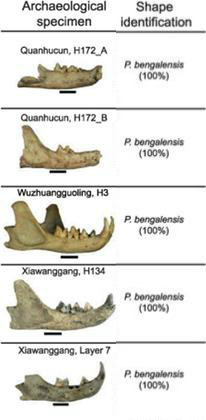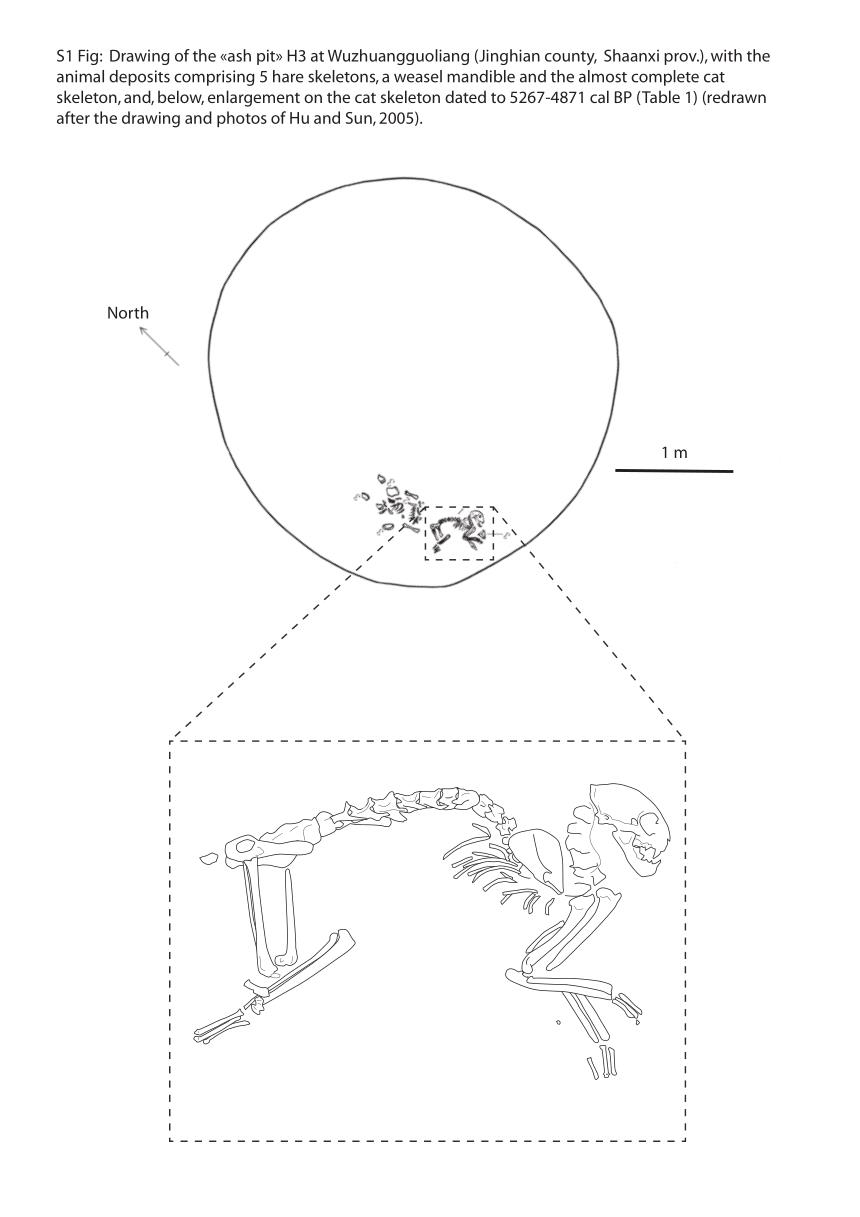 With more than 500 million domestic cats (felis catus) around the globe, the housecat is one of the world’s most popular pets. And with the exception of a manmade hybrid, modern genetic data proves that all domestic cats are descendants of a single feline subspecies—the near eastern wildcat (felis silvestris lybica) from southwest Asia and north Africa.
With more than 500 million domestic cats (felis catus) around the globe, the housecat is one of the world’s most popular pets. And with the exception of a manmade hybrid, modern genetic data proves that all domestic cats are descendants of a single feline subspecies—the near eastern wildcat (felis silvestris lybica) from southwest Asia and north Africa.
The origin of the modern family feline goes back to the Mediterranean island of Cyprus, where cat remains found at archaeological sites date back 8,000 to 10,800 years. Another complete cat skeleton associated with a human burial in southern Cyprus dates from 9000 to 9500 years.
Archaeologists believe that cats domesticated themselves over 10,000 years ago when they discovered a constant source of easy prey running around the human farming settlements. When humans realized the little predators were protecting the food stores, they began feeding them and encouraged them to stay.
New Study Reveals Second Case of Cat Domestication
A study published last month in the scientific journal PLOS ONE discusses the second rise of domestic cats. The international team of scientists was led by Sorbonne University archaeologist/paleobiologist Jean-Denis Vigne. The paper reveals that Chinese farmers domesticated a completely different species of small felines on a completely different continent. The paper suggests that cats domesticated in china some 5,000 years ago weren’t the same wildcat ancestor (f. Silvestris) after all. Two-time domestication is truly a remarkable event, as pigs are the only other species to have been domesticated more than once.

Archaeological information for the five Chinese cat specimens. Photos and charts courtesy of PLOS ONE.
Analyses of eight cat bones (including a pelvis and mandible) unearthed in 2001 in the central China millet-farming settlement, Quanhucum, found the bones were smaller than the modern leopard cat, falling within the size range of modern family pets, a sign of domestication. These 5300 year-old bones also contained forms of carbon and nitrogen indicating that the kitties had feasted on small millet-eating rodents.

Drawing of the ash pit at Wuzhuangguoliang (Jinghian county, Shaanxi prov.), with the animal deposits comprising 5 hare skeletons, a weasel mandible and the almost complete cat skeleton, and, below, enlargement on the cat skeleton dated to 5267– 4871 years ago. Sketch courtesy of PLOS ONE. It first appeared in the study, “Earliest “Domestic” Cats in China.” Earliest “Domestic” Cats in China PLOS ONE | Photos, drawings and maps used courtesy of PLOS ONE.
Cats were more than Tools
But the research found more than a marriage of convenience between humans and felines; there was also affection. Two jaw bones found at the site had “surprisingly worn teeth.” The level of wear of the teeth indicates the cat was much older than the expected lifespan of a wild feline, suggesting that someone cared for the cat as he grew older.
Another unusual find was a complete articulated cat skeleton, indicating that the cat was not a food animal. The researchers are convinced that the cat had been carefully buried, implying a special relationship between humans and felines.
The leopard cat’s ‘domestic’ reign was a flash in the proverbial litter pan. Paintings from the tang dynasty (618 AD) show animals who resemble modern housecats. Having a 5000 year head start on their Asian counterparts, the African/western Asian cats were probably friendlier and more useful than the more recently domesticated leopard cats. Once cats from cats from northern Africa and western Asia were introduced to the area, evidence of domesticated leopard cats disappeared. Today, all domestic cats in china are genetically related to f. Silvestris.
The lone exception is the modern man-made Bengal breed, which is the result of breeding a domestic cat with a leopard cat to give it a more exotic appearance.












What a great blog.
I love your articles
I love your kitty stories.